Returning to Vietnam after 7 years, female tourist Natalie B. Compton experienced slow travel by train departing from Ho Chi Minh City to Hanoi.
Natalie B. Compton, a writer for The Washington Post, visited Vietnam in April and took a 3-day, 2-night train trip. Natalie said that on previous trips to Vietnam she had only traveled by plane and had not had the opportunity to see the "beautiful countryside". Meanwhile, traveling by train would "allow time to look out the window, explore the many destinations along the way and relax on the train".
Natalie booked her ticket a few weeks in advance through the Vietnam Railways website (dsvn.vn). When she decided to change her itinerary close to the departure date, she was quickly assisted via email within a few hours. On the day of departure, she simply presented her e-ticket to board the train without having to print a paper ticket or check in at the station.
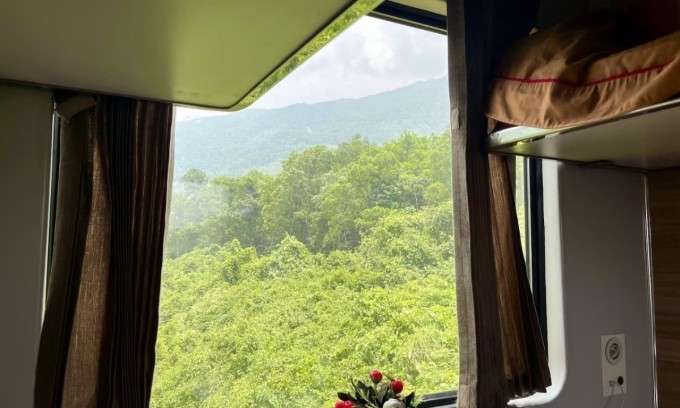
The scene on the way from Ho Chi Minh City to Hue was captured by Natalie on the train in mid-April.
Natalie took two trains on her North-South journey. The first trip took over 22 hours, traveling on the Thong Nhat Express train from Ho Chi Minh City to Hue. There were four types of tickets on the train: hard seat, soft seat, hard bed, and soft bed.
"I chose a soft bed, which cost $64 (about VND1.5 million), equivalent to a flight. The train would stop in Hue after 22 hours. I had heard a lot about Hue being an ancient city and having cheap local food," Natalie said.
Throughout the journey, staff regularly walk along the train selling coffee, snacks and meals such as rice, soup and minced meat porridge. The train also stops for about 10 minutes at some stations for passengers to walk, smoke or buy snacks from street vendors in the station.
Natalie’s bed is a bunk bed, equipped with a mattress, sheets, pillows and a thin blanket. There is also a reading light and an electrical outlet. There is a hot and cold water dispenser along the corridor, and at the end of the car is a restroom.
"The space on the train is small and there is no common living area. My evenings on the train were not very quiet because my cabin mate turned up the volume to watch movies. There were occasionally a few guests walking back and forth in the hallway, even running around loudly." Natalie shared a cabin with a Vietnamese passenger. Although she admits that it is difficult to connect with strangers, she still had a pleasant time on the train with her new acquaintance. The two chatted happily about their families and bought snacks together as the train neared its final stop in Hue.
The train arrived at Hue station, Natalie spent a day and a night in the ancient capital before continuing her journey to Hanoi on the Lotus Express. This is a sleeper train with two ticket classes: soft sleeper in a 4-bed room and VIP sleeper in a 2-bed room. The Washington Post writer chose a soft sleeper for $72 (about 1.7 million VND).
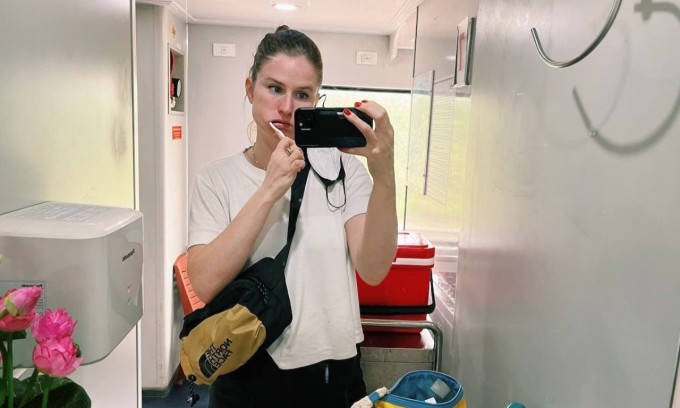
Toilet space on the train from Hue to Hanoi.
The 15-hour train ride had free wifi. Compared to the Ho Chi Minh City - Hue route, Natalie commented that the Hue - Hanoi train had thicker and softer mattresses. Passengers were greeted with a glass of wine and a bag of snacks. Although the second train ride was more comfortable, Natalie was unable to connect with her roommate. The two were silent throughout the 15-hour journey.
The American tourist said that during the two nights on the ship, she only slept fitfully. In the morning, she often woke up early to walk along the corridor of the ship. This was Natalie's favorite moment of the trip.
"The train passed through dense forests, timber yards, duck farms, rice fields. I even saw buffaloes resting on the river. That's what I pictured in my mind when I imagined a train trip across Vietnam. These experiences cannot be had by plane," Natalie said.
She said that this time the schedule was quite tight, changing two trains was quite "cumbersome". Natalie plans to divide the schedule next time, travel longer to rest, spend more time in Hue and only take the Thong Nhat train.
The blankets, sheets, and pillows on the beds on the Reunification train were not replaced, but simply folded and reused for the next trip. Neither of the trains Natalie experienced were wheelchair-friendly. The boarding was a series of small steps and the doors were narrow.
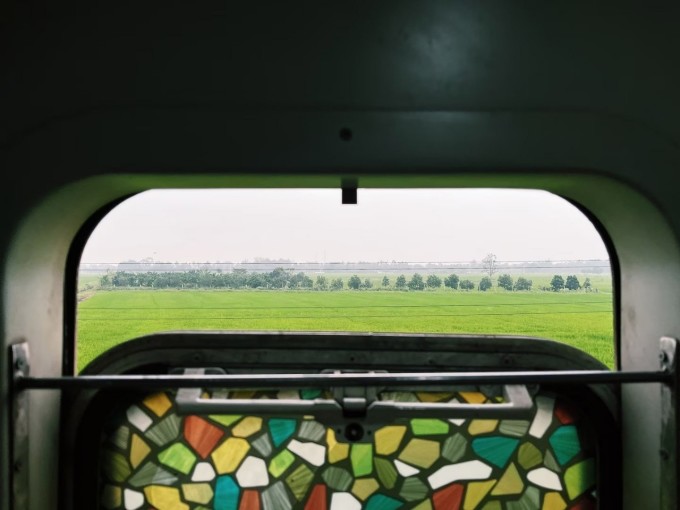
The view of rice fields from the Hue - Hanoi train was taken by Natalie in mid-April.
Speaking more about the things to prepare when traveling by train for a long time, Natalie prepared a comfortable outfit to wear on the train but still polite enough because she had to share a cabin with strangers. In addition, she brought a thin blanket and a blindfold. The toilet on the train did not have a shower, so Natalie brought a towel and dry shampoo. Do not bring too much food because the train prepared all kinds of food and drinks for tourists.
After a 3-day, 2-night slow train journey, Natalie said she would introduce this type of tourism in Vietnam to many people.
Bich Phuong
According to The Washington Post
Source link




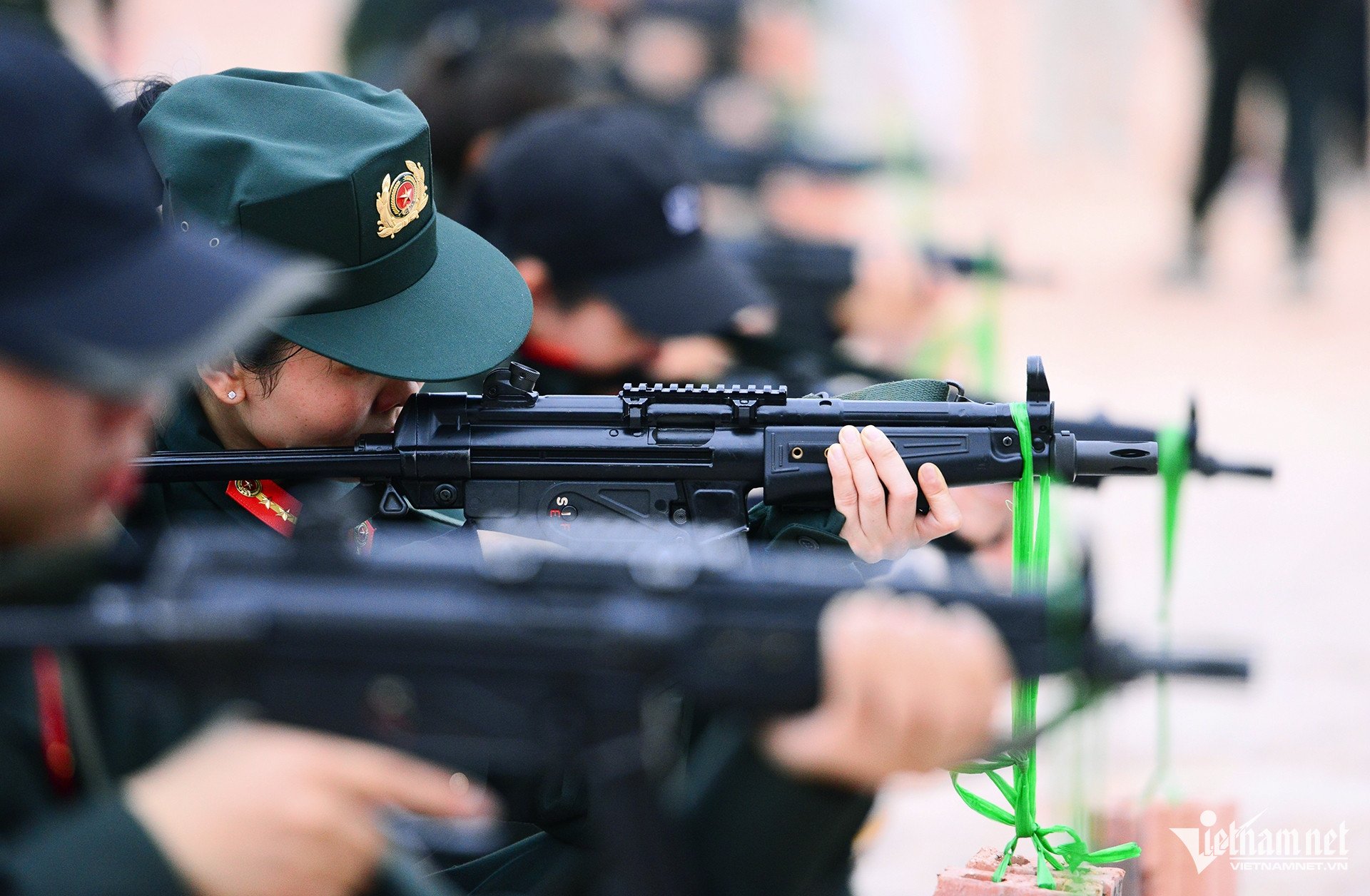





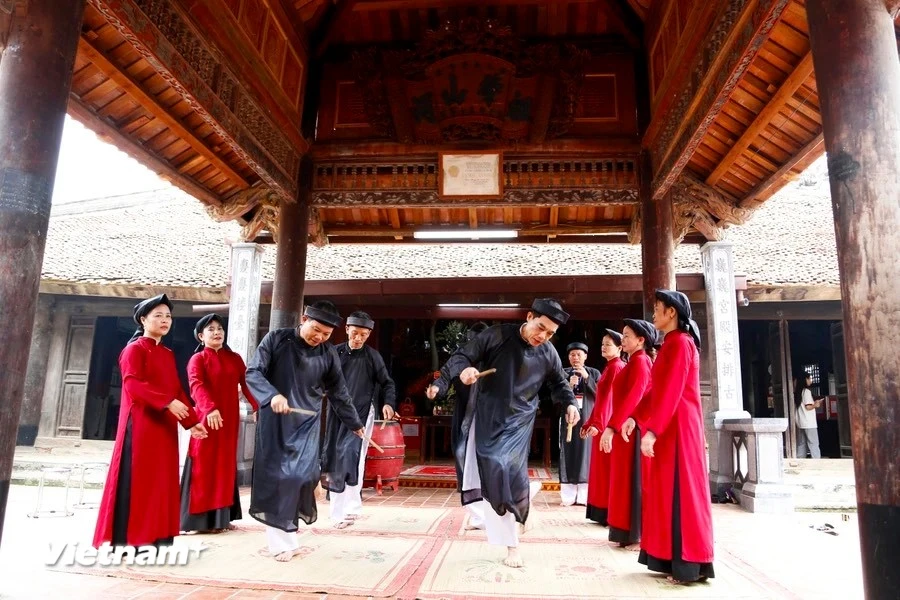



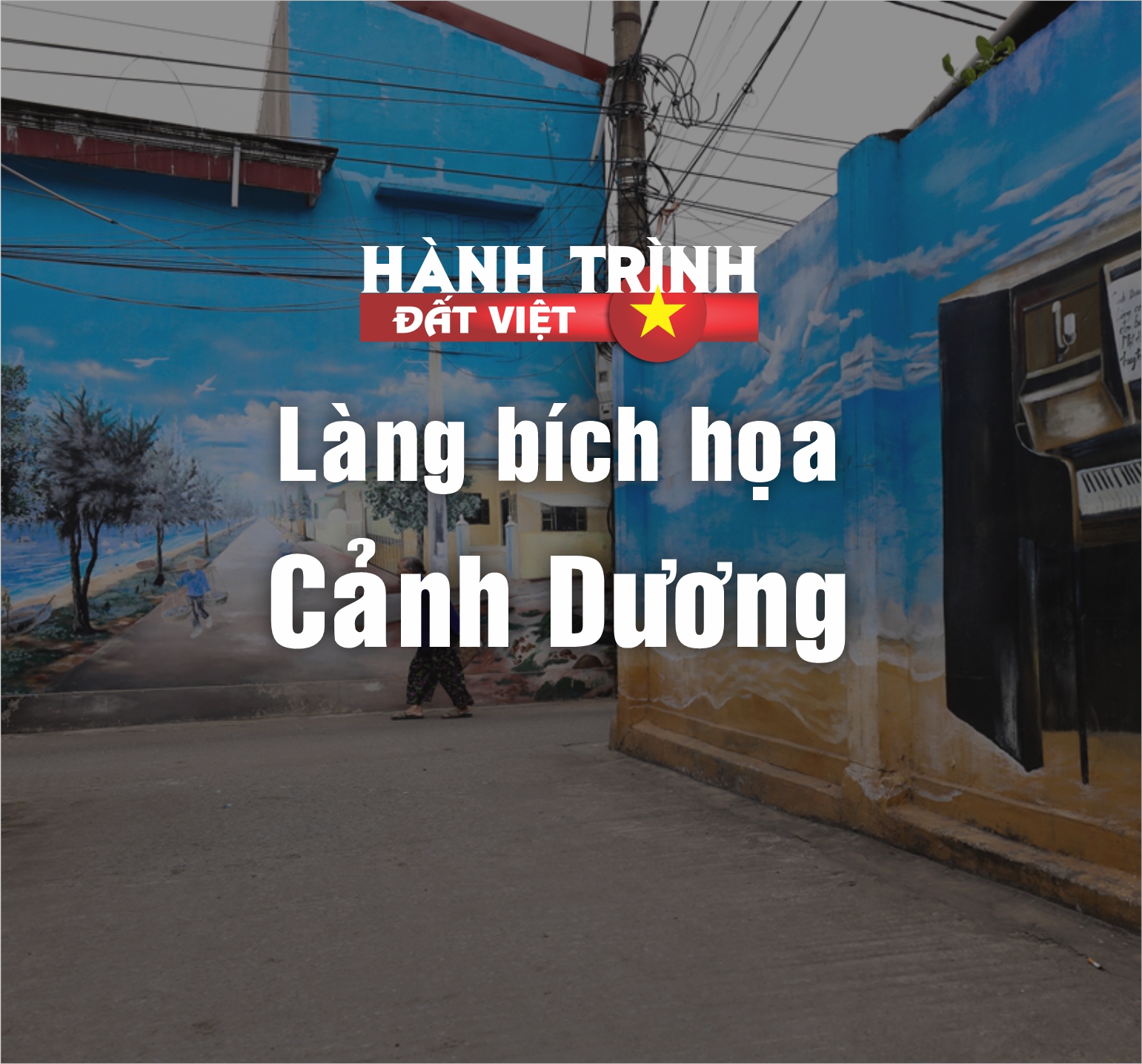

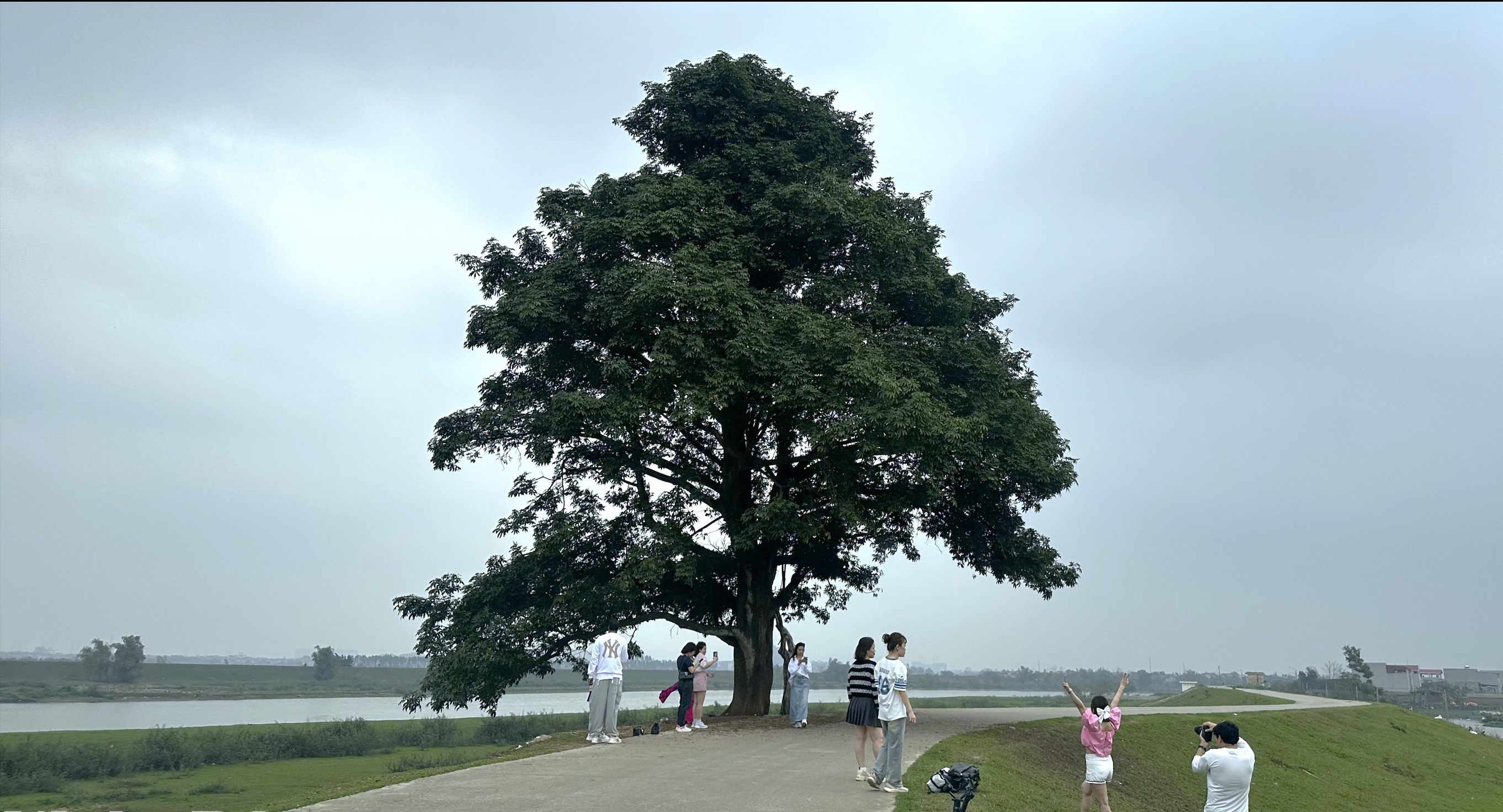






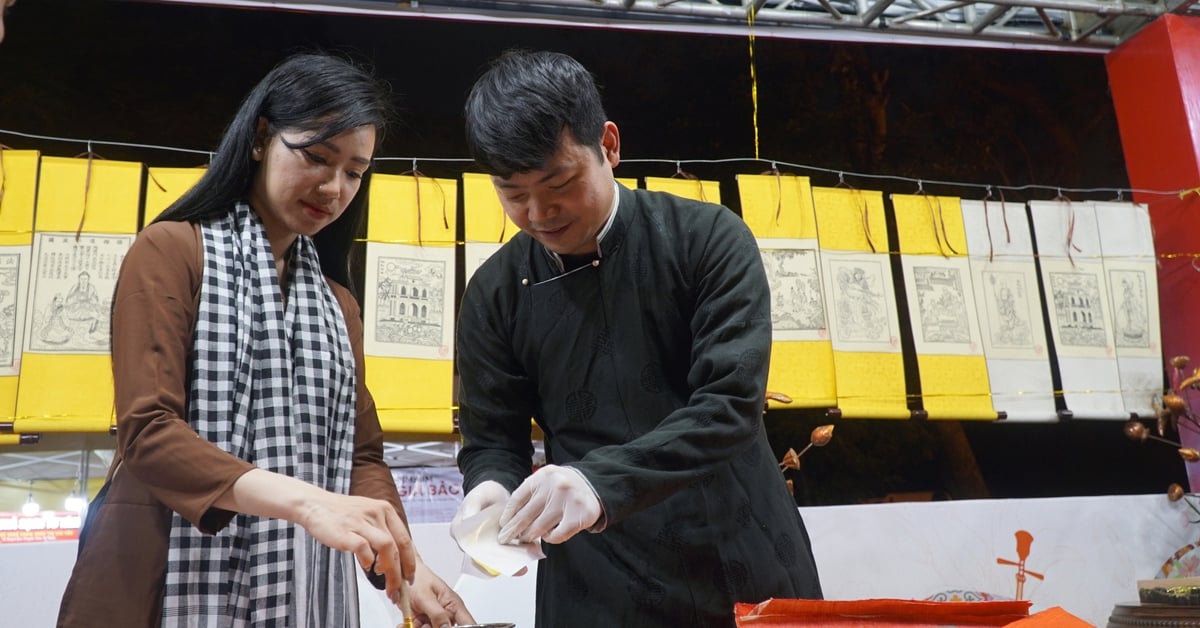









![[Photo] "Beauties" participate in the parade rehearsal at Bien Hoa airport](https://vstatic.vietnam.vn/vietnam/resource/IMAGE/2025/4/11/155502af3384431e918de0e2e585d13a)





























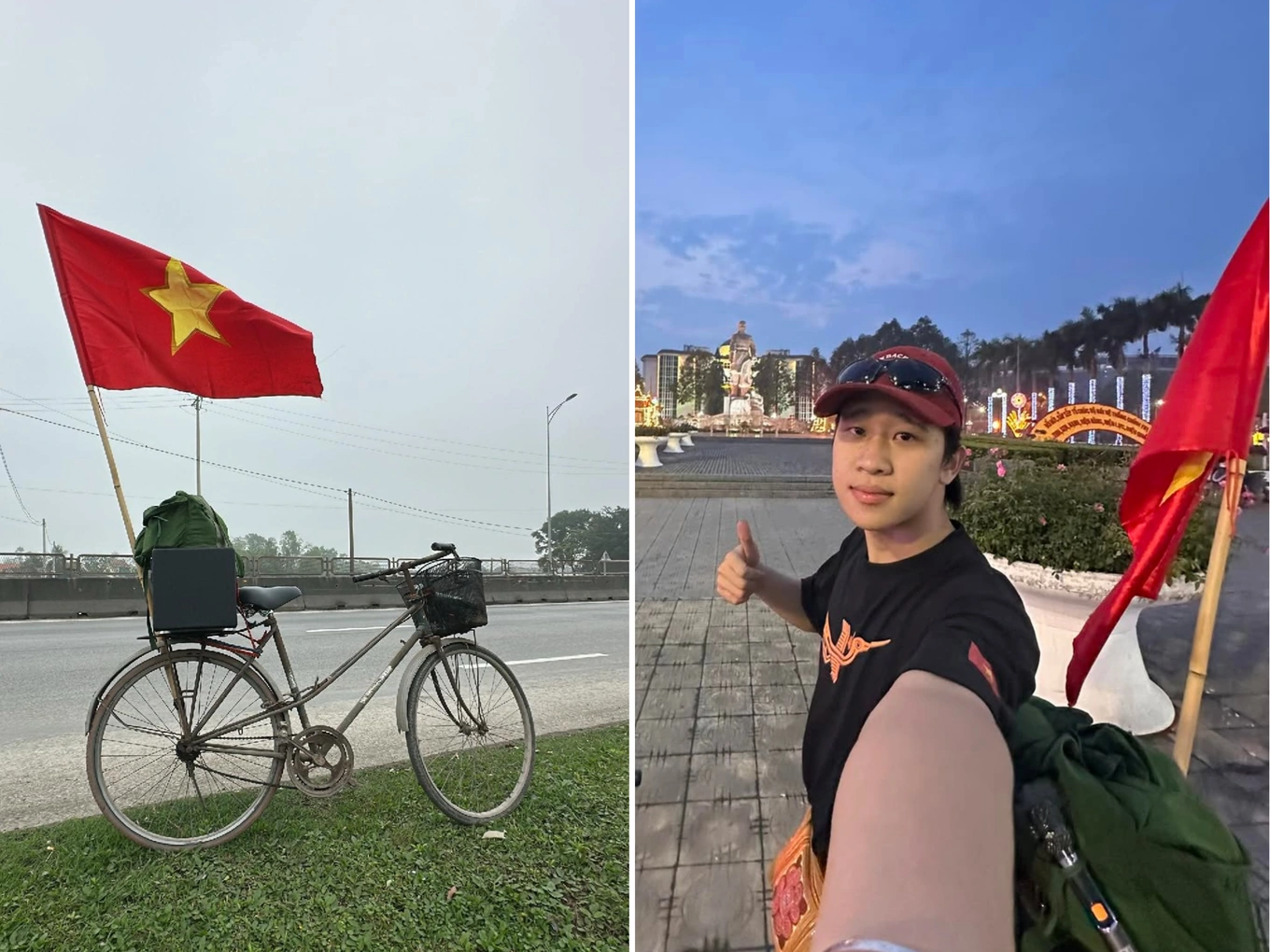






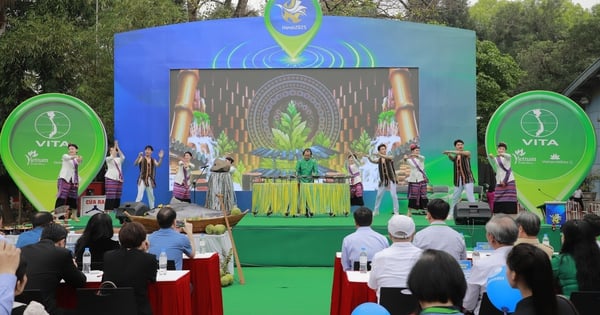











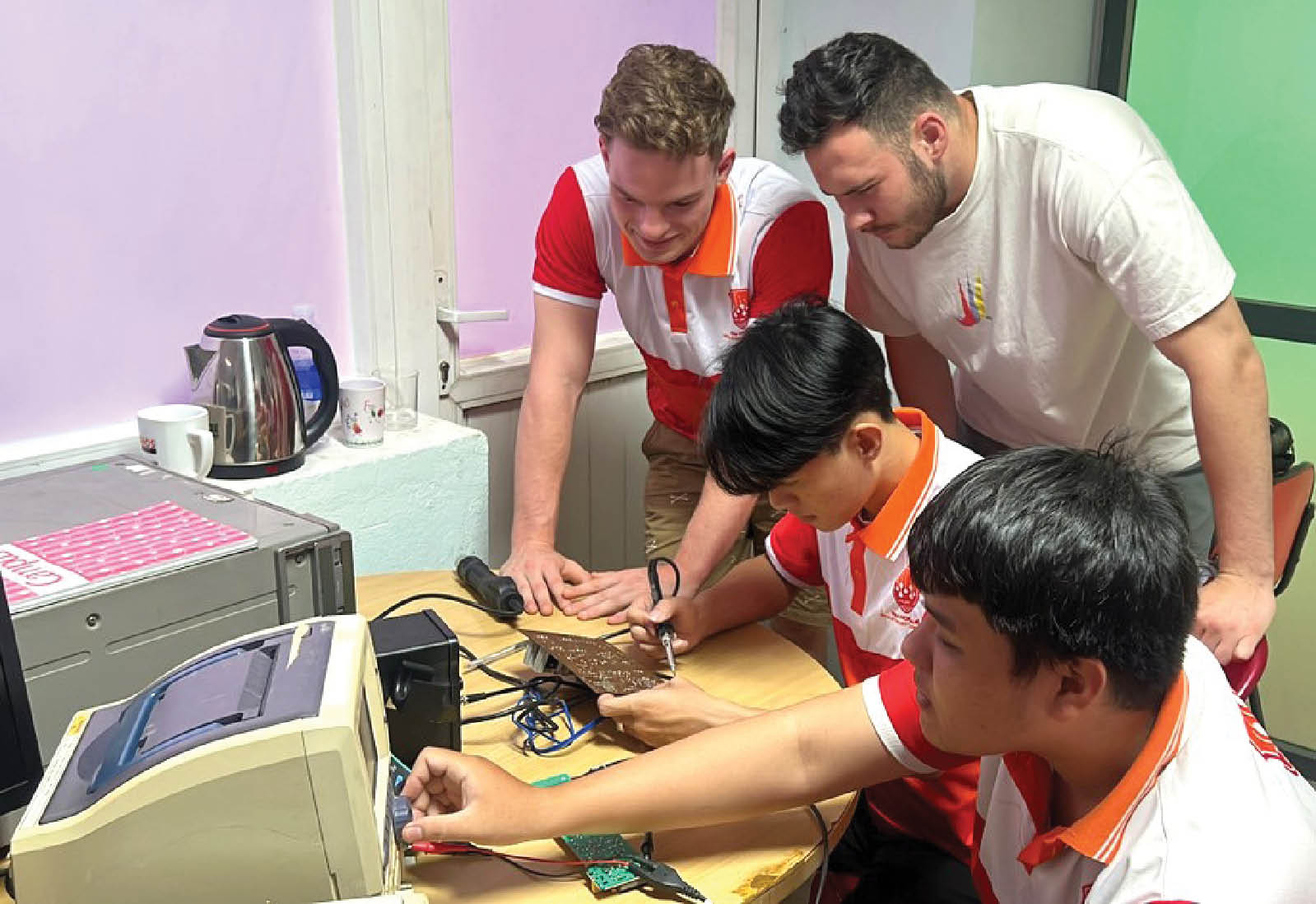

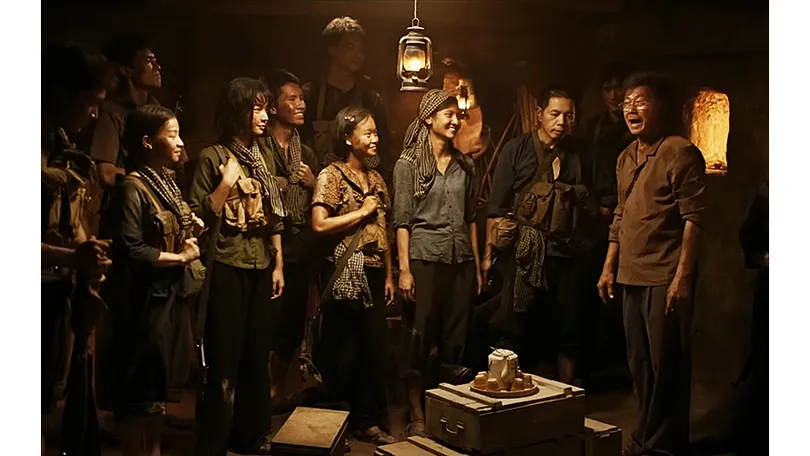











Comment (0)